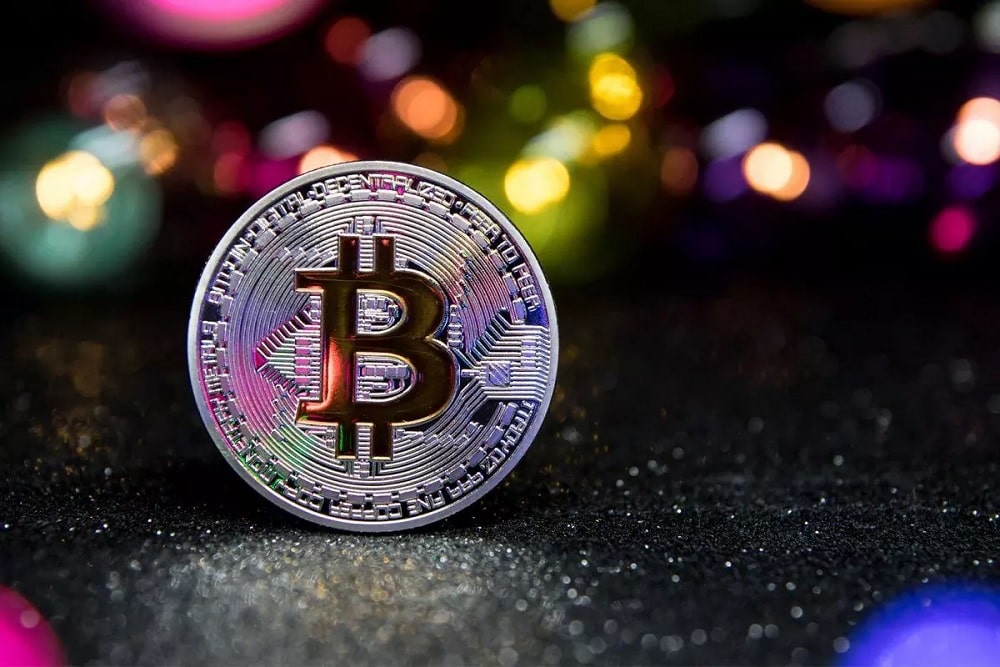Bitcoin (BTC) is a digital currency created by the pseudonymous developer Satoshi Nakamoto in 2009. It is the online version of money. It was the first cryptocurrency created, and it set the pace for other cryptocurrencies. It allows users to send and receive funds without a third-party intermediary, making it a decentralized payment system.
People can obtain the coin through different ways including mining, trading, and receiving it as a payment for goods and services. Bitcoin mining is the process of confirming and validating Bitcoin transactions, and by so doing, new coins are created and released into circulation.
Mining involves solving computational puzzles to discover a new block that is added to the blockchain. A blockchain is a virtual giant account book that keeps track of every bitcoin mined and traded. It makes it easy to trace the history of coins and prevents people from spending coins they do not own, making fake copies and undoing already conducted transactions.
Peculiarities and risks involved with Bitcoin

Bitcoin trading is the commonest way of acquiring coins, either by buying or selling them. People can send coins to your virtual bitcoin wallet, and you can do equally the same. This makes becoming a trader easy and straightforward.
Bitcoin’s price is very volatile and mostly unpredictable. The cryptocurrency once traded as high as $19,783 during the crypto boom of 2017. At the time of writing, the BTC price is $8,100.
There are a few risks associated with trading bitcoin. Trading becomes a security risk because all exchanges are digital, and as with all virtual systems, hacking, bugs, and malware are possible. This risk can be mitigated by not storing encryption keys on a computer. It is a better idea to print them on paper and keep them in a safe place or use a hardware wallet like the Ledger Nano S to store large amounts of cryptocurrencies.
There is also the risk of fraud. Fraudsters may attempt to sell false bitcoins. This can be discovered easily by looking into the blockchain of the transaction properly. There have also been cases of bitcoin price manipulation by fraudsters.
The main danger of bitcoin trading is market risk. Like all investments, coin value can fluctuate. The currency has seen significant oscillations in price over its short life span. The worth of coins has been known to depreciate over 61% in a single day. However, the reverse scenario is also possible, so this risk can also double as an advantage.
What the future holds?
Despite all that, a silent Bitcoin revolution is going on. Over 200,000 stores in Japan accept the cryptocurrency as a means of payment for a transaction. In ten years, more stores and merchants will start accepting Bitcoins worldwide. This will increase both the Bitcoin price in USD and the market for the coin.
The more top brands endorse Bitcoin as a valid means of payment, the more everyday people will be willing to use BTC and cryptocurrencies in general. This move will exponentially increase the value as there would be more demand with limited supply.
Bitcoin may still not be used as a medium of exchange soon; however, analysts predict it would become an invaluable store of value. It will serve as a means of keeping one’s money safe from currency depreciation. This makes it a good investment.
Conclusion
All in all, Bitcoin trading is an evolving trend. There are some risks involved, but it’s no surprise for every investment. The trends demonstrate a steady but slow increase in the number of companies that accept bitcoin and the number of traders. It is compatible with technology, convenient, and virtual nature makes it accessible from anywhere in the world.
More young people are investing in cryptocurrencies, and according to market trends, more people will get join the bandwagon.
In ten years, the cryptocurrency is expected to have more users and traders, a better price, and be more acceptable by a majority of stores and trading companies all over the world, barring any drastic changes in world market trends.
Author Bio:
Thomas Glare is a 27-year-old Harvard Business School graduate. He works at the New York Stock Exchange as a market trend analyst with a special focus on cryptocurrencies. He took a particular interest in cryptocurrencies since it burst into the finance scene more than a decade ago.










